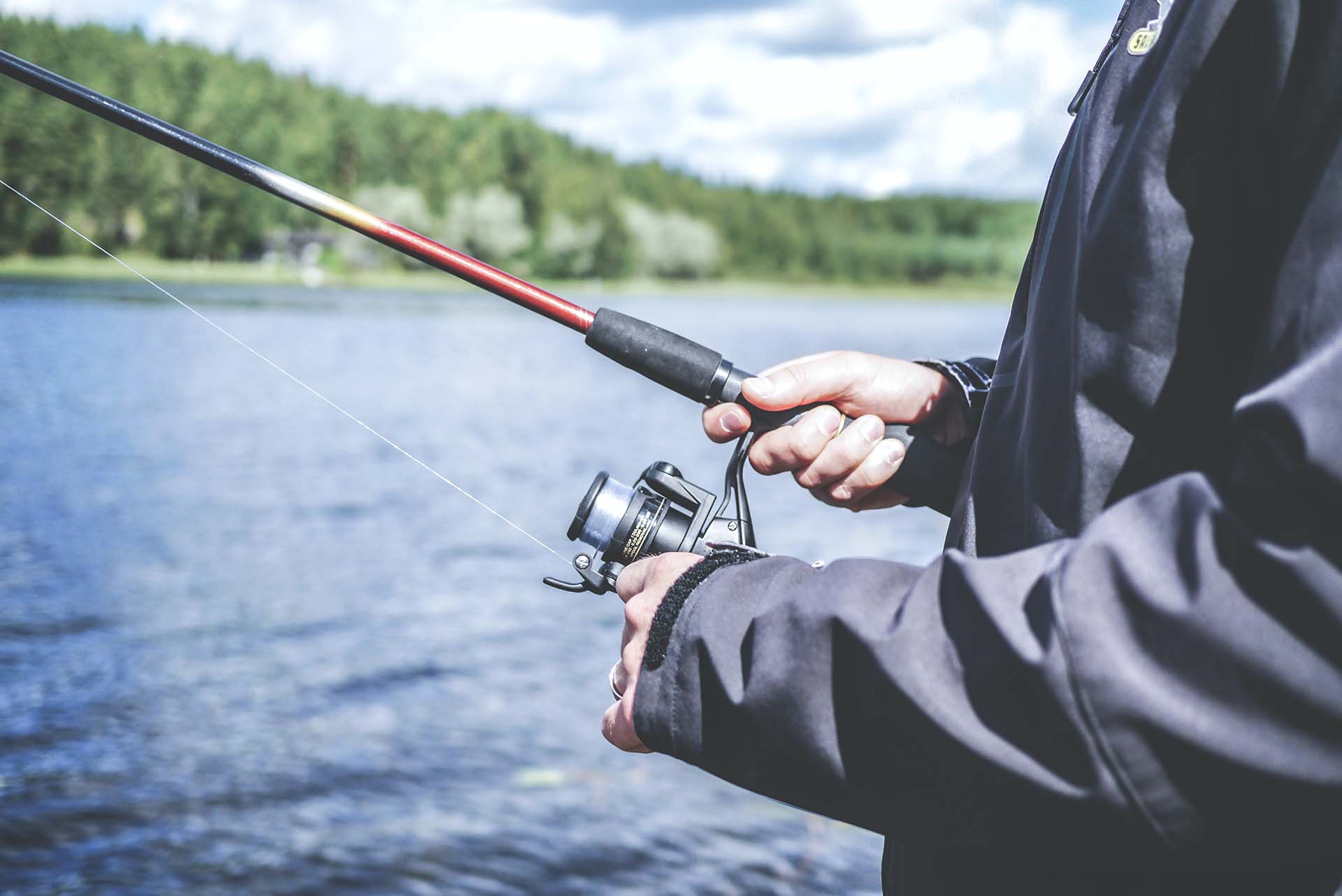There comes a time when every angler tries to figure out how to catch weakfish on Long Island, Florida Keys, and everywhere in between. These fish, known for their elusive nature and distinctive, soft flesh, present a unique challenge for even the best anglers seeking a rewarding catch. Let’s explore the techniques and strategies essential for success here.
How to Catch Weakfish 101 – The Quick Guide
Catching weakfish is an exciting pursuit that requires a blend of knowledge, technique, and respect for these fascinating fish. Understanding their biology, seasonal movements, and preferred habitats is just as crucial for success as the saltwater fishing gear you’re using.
It’s best to use a medium to a medium-heavy spinning rod and a quality fishing reel. The choice of bait and lures, such as sandworms or artificial options like soft plastics, is equally important. To maximize your catch, master casting techniques and read the water to locate hotspots.
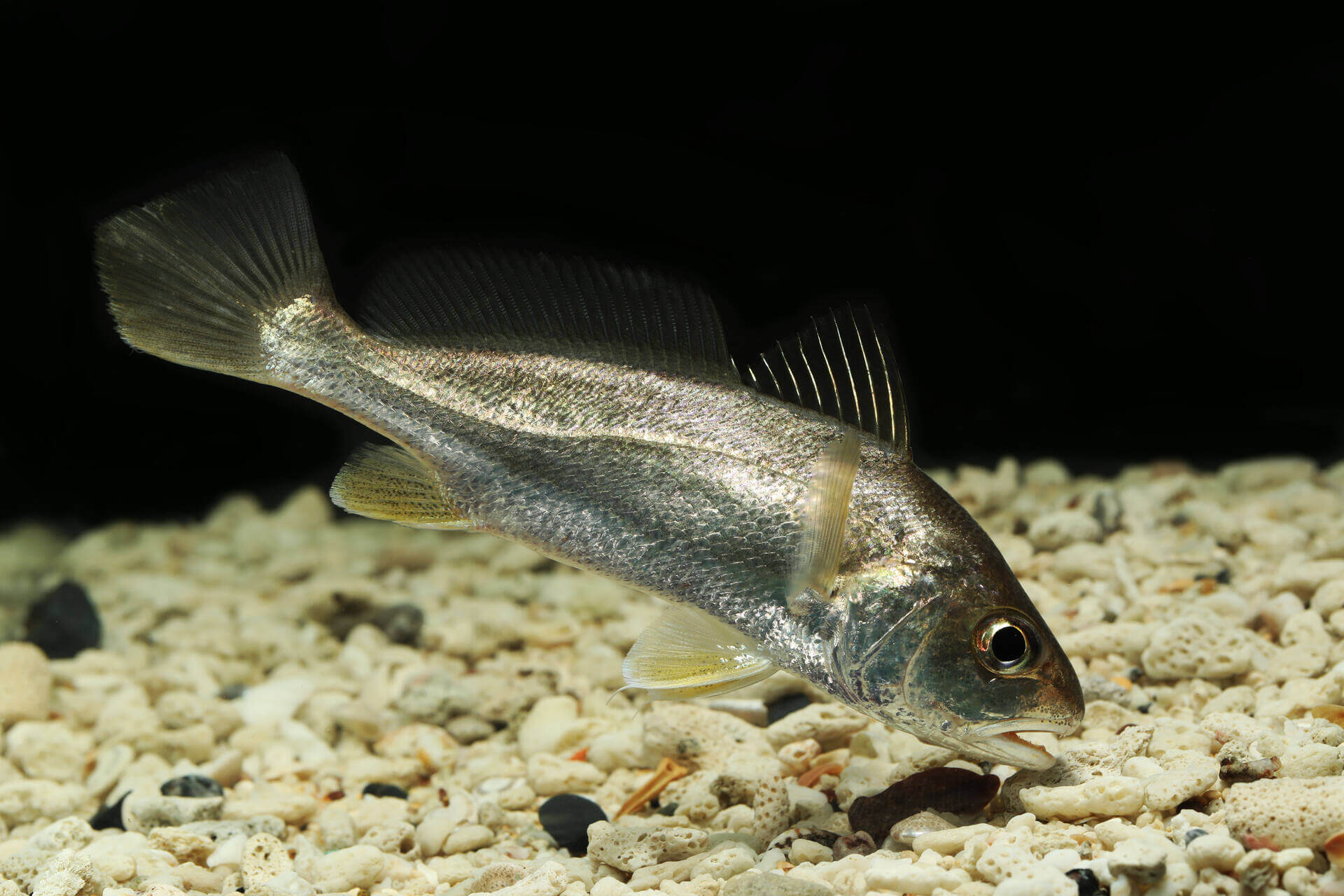
Decoding the Weakfish – Understanding Your Catch
Weakfish, scientifically known as Cynoscion regalis, are prized catches among anglers due to their challenging nature and delectable taste. These fish have a distinctive appearance with elongated bodies, sharp teeth, and a silvery-blue hue. Knowing your catch is half the battle – because let’s face it, you can’t outsmart a fish if you don’t know what makes it tick (or swim). So, make sure you study up!
The Biology of Weakfish – Habits and Habitats
Weakfish are known for their migratory habits, often moving in schools along the Atlantic coast. They prefer brackish and saltwater environments, making estuaries, bays, and tidal rivers prime locations to find them. These areas offer a combination of suitable water temperature, food availability, and shelter that these fish simply find irresistible.
During the spring and fall seasons, they migrate along the coast, making these times of the year especially lucrative. In warmer months, these fish tend to move closer to the shorelines, while in colder months, they head to deeper waters.
When to Strike Based on Their Seasonal Movements
As we’ve just discussed, these fascinating creatures exhibit seasonal movements that vary based on water temperature and food availability. During spring, as water temperatures begin to rise, they move closer to the shorelines and estuaries, so get ready for estuary angling. This is an excellent time to target them from piers, jetties, and the surf.
As summer rolls around and water temperatures continue to climb, weakfish often move to slightly deeper waters, making them accessible to anglers on fishing boats and from the shore. In the fall, they reverse this migration pattern, heading back towards inshore areas before moving into deeper waters for the winter. As a dedicated angler, you’ve simply got to go with this flow!
Gear Up for Success – Essential Equipment for Weakfish
Your choice of fishing rod and reel is paramount to your success. Opt for a medium to medium-heavy spinning rod paired with a quality reel with a smooth drag system. These characteristics will allow you to handle the fight that weakfish often put up while ensuring a smooth and controlled retrieval.
Choosing the Right Spinning Rod and Reel
When it comes to weakfish-specific gear, it’s crucial to invest in quality equipment. Consider a rod in the 6-7 foot range with a fast or extra-fast action. This action allows for precision casting and provides the sensitivity required to detect their gentle bites, which can sometimes be mistaken for subtle taps.
Pair your rod with a spinning reel that can handle the line capacity and drag settings required for battling even those trophy-sized specimens. The braided line is often a favorite among anglers due to its sensitivity and durability. Here, Reaction Tackle Braided Fishing Line is always a reliable choice.
Bait and Lures – The Weakfish Whisperers
Choosing the right fishing bait and lures is the icing on the cake when targeting these aquatic wonders. They are known to have a preference for live bait, including:
- Sandworms,
- Bloodworms,
- Minnows.
However, artificial lures such as soft plastics, bucktail jigs, and crankbaits can also be highly effective. Experiment with different sizes, colors, and retrieval speeds to figure out what works best for the conditions you encounter.
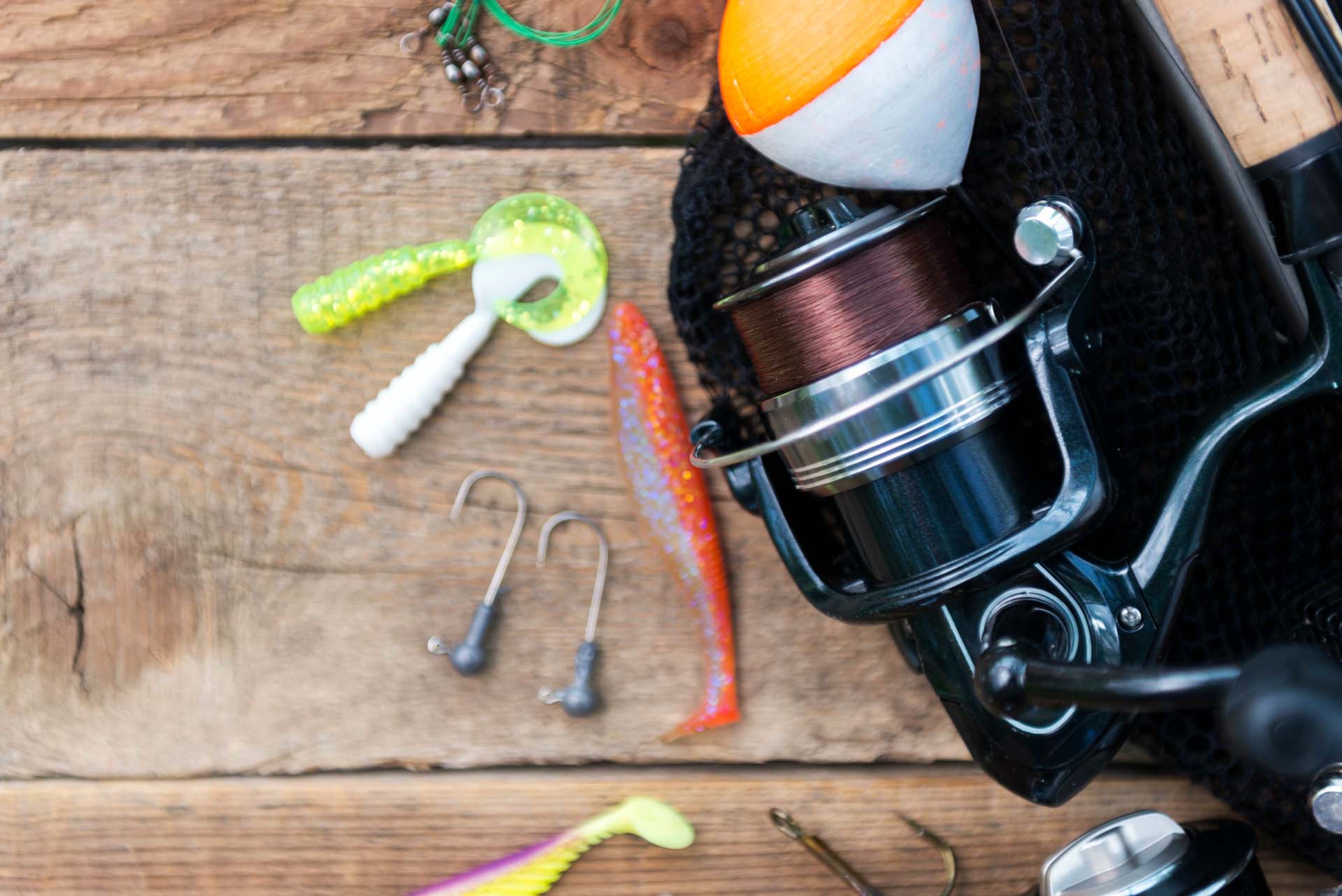
Mastering the Technique – Strategies for Catching Weakfish
Mastering specific weakfish techniques can vary greatly depending on factors like location, weather conditions, and time of day. To increase your chances of success, it’s essential to understand the angling styles that work best when targeting these elusive fish.
The Art of the Cast – Perfecting Your Technique
One of the fundamental skills every angler must develop is the art of the cast, and when it comes to weakfish, this skill is particularly crucial. As we’ve already discussed, they can often be found near structures like jetties, bridges, and rocky shorelines. Here, accurate casting is essential, and surf fishing is the name of the game.
To perfect your casting technique, focus on precision and distance. Practice different casting methods, such as overhead casting, side-arm casting, and pitching, to determine which works best for your specific situation. Using the right amount of force and timing is critical to reaching those elusive hotspots.
Reading the Water – Finding Hotspots
Finding hotspots can be a challenging but rewarding endeavor. To locate areas where these creatures are likely to be found, start by observing the water’s conditions and features. Look for changes in water depth, temperature, and salinity, as these can indicate potential weakfish habitats.
Pay attention to the presence of baitfish and other prey species, as any fish is often close by when food is abundant. Additionally, consider factors like tide movement, currents, and wind direction, as these can influence their feeding patterns and overall behavior.
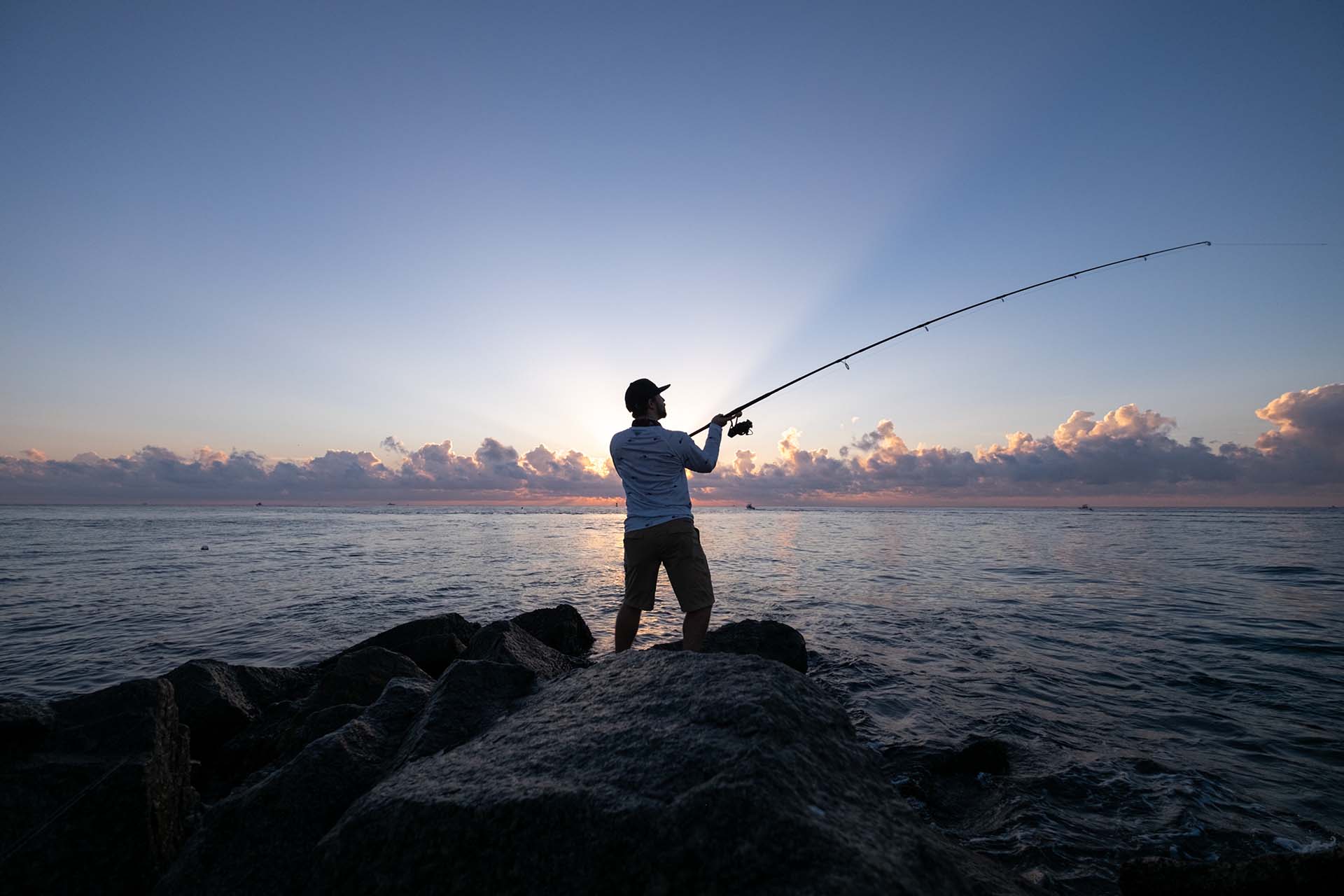
Tackling Challenges – Overcoming Common Fishing Obstacles
While the pursuit can be thrilling, it often presents anglers with unique challenges that need to be overcome. But that’s part of the adventure, right? From unpredictable weather conditions to the delicate nature of their bites, there are various obstacles to navigate. To become a successful angler, it’s essential to adapt your approach and angling techniques.
Dealing with Weather and Tides
Weather and tide conditions play a significant role, as this fish is known as a tide runner. Adverse weather, such as high winds, rain, or extreme temperatures, can affect their behavior and make angling more challenging.
To tackle these challenges, stay informed about local weather forecasts and tide tables before heading out. Be prepared to adjust your strategy accordingly, such as changing your location or timing to align with optimal conditions. All in all, flexibility and adaptability are key.
Handling the Delicate Bite – Sensitivity is Key
One of the unique challenges of this endeavor is the delicate bite of this fish. They are known for their subtle and sometimes finicky feeding behavior, making it crucial to develop a heightened sense of sensitivity as an angler. To detect weakfish bites, maintain a light grip on the rod and pay close attention to any changes in line tension or subtle twitches.
Often, the bite feels more like a tap or a gentle pull rather than a strong tug. When you sense it, resist the urge to set the hook immediately – instead, wait for the fish to take the bait fully before doing it with a swift and controlled motion. Additionally, consider using circle hooks, which are designed to hook the fish in the corner of the mouth, reducing the risk of gut-hooking and improving the chances of successful catch-and-release fishing.

From Catch to Kitchen – Handling and Preparing Your Trophy
Weakfish have delicate mouths and are often caught for both sport and culinary purposes. Therefore, employing safe and ethical catch-and-release practices when necessary is crucial. If you decide to keep your catch, it’s equally important to prepare it correctly for a delightful culinary experience.
Safe and Ethical Catch-and-Release Practices
When practicing catch-and-release, prioritize their well-being to support their population and maintain the sport for future generations. Start by using barbless hooks. These specialized pieces are much easier to remove and cause less harm to the fish, making them a great hook for catch-and-release. Minimize handling and avoid touching the fish’s gills, as they are sensitive and vital for respiration.
Keep the fish in the water as much as possible while removing the hook. Support its body when releasing it back into the water and revive it by gently moving it around to facilitate oxygen flow through its gills. Do this until the fish swims away on its own.
Culinary Delights – Preparing Weakfish for the Table
This fish is known for its sweet and delicate flavor, so making a delicious meal is always an enticing option. There are numerous ways to turn your catch into a culinary masterpiece. Grilling weakfish with a simple marinade of olive oil, lemon juice, and herbs brings out its natural flavors. You can also pan-fry it in a light batter for a crispy texture or bake it with flavorful stuffing.
Some anglers prefer to steam it with ginger and scallions for a subtle, Asian-inspired dish. Regardless of your cooking method, it’s essential to remove any bones carefully, as they have tender flesh that can easily break apart. Pair it with your favorite side dishes and sauces to create a memorable dining experience.
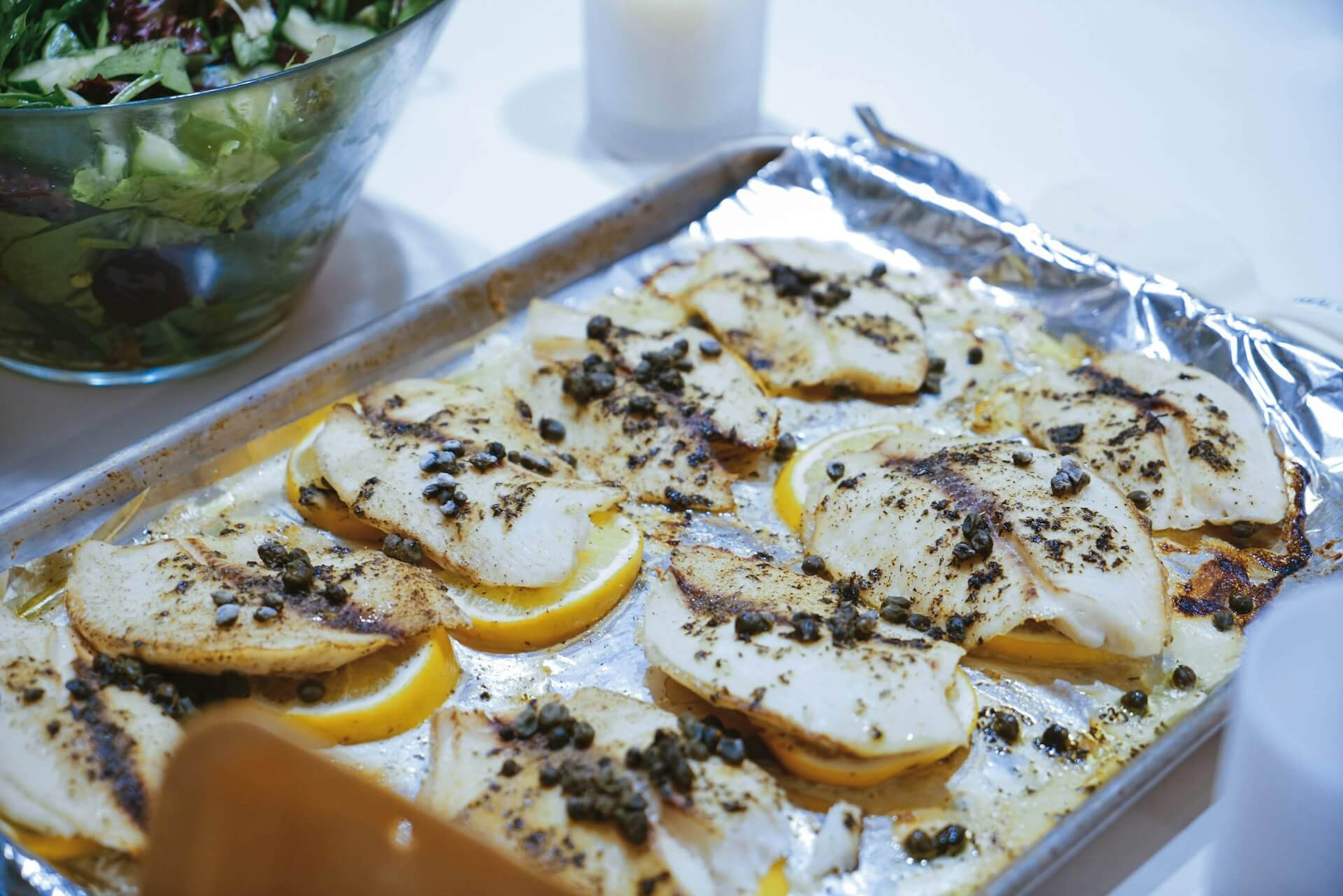
You’re Well on Your Way to Master Weakfish Angling!
This is a thrilling challenge for anglers, demanding a well-rounded understanding of these elusive fish. From decoding their behavior to selecting the right gear, every aspect of the pursuit contributes to the excitement. So, as you embark on your journey, remember that it’s not just about the catch itself, but the knowledge and appreciation gained along the way. Happy fishing!
Frequently Asked Questions
What Is the Best Time to Fish For Weakfish?
The best times are during the spring and fall seasons when they migrate along the coast, with being closer to shore during these months and in deeper waters during the colder part of the year.
What Kind of Gear Do I Need for Weakfish Fishing?
You’ll need a medium to medium-heavy spinning rod, a quality reel with a smooth drag system, and gear capable of handling the line capacity required for battling especially strong ones.
How Can I Identify Productive Fishing Spots for Weakfish?
To find productive spots, observe changes in water depth, temperature, and salinity, as well as the presence of baitfish. Consider tide movement, currents, and wind direction as well.

